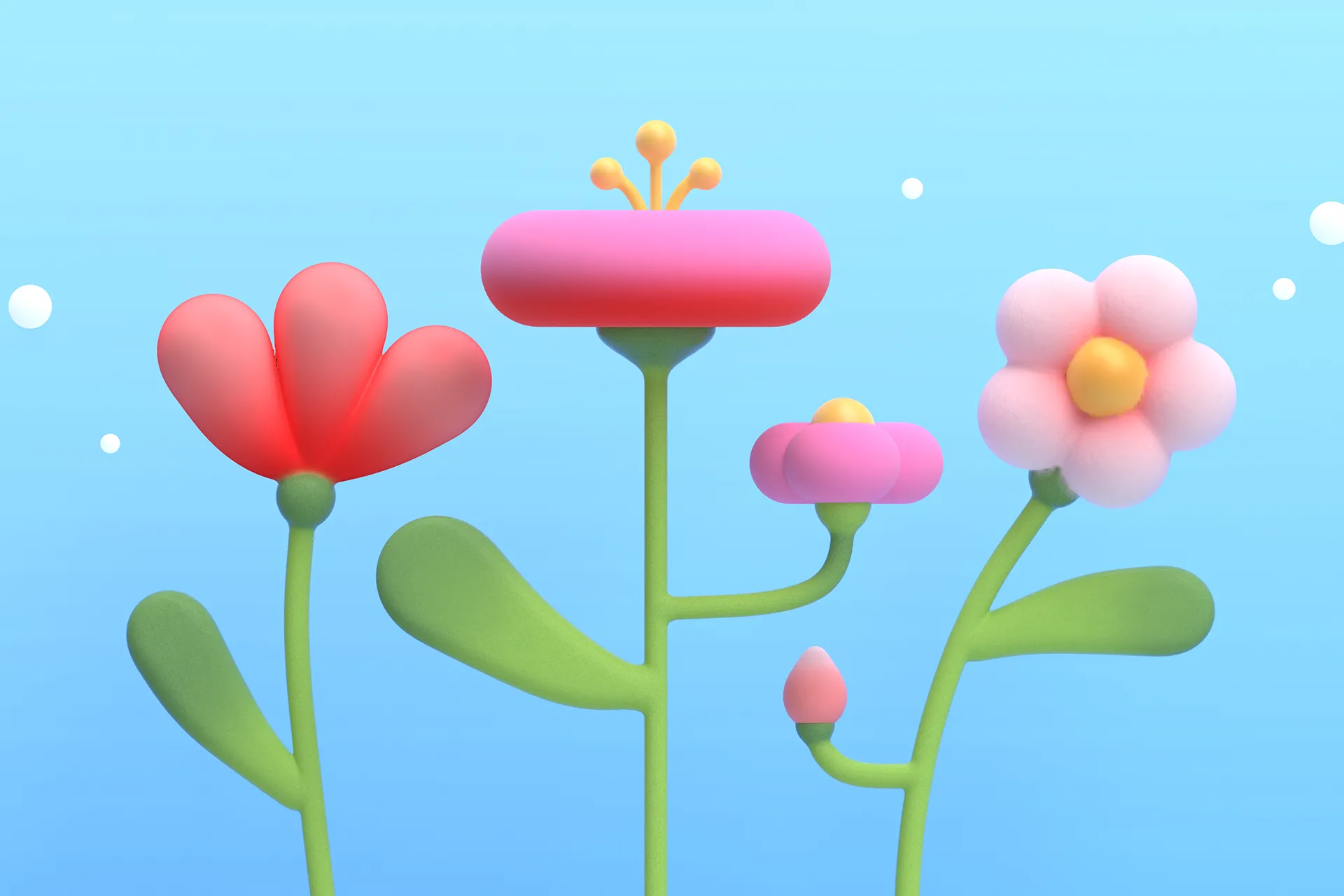
Today’s classrooms are evolving, and digital tools are playing a bigger role in how students learn and express themselves. 3D modeling is emerging as one of the most engaging, hands-on ways to teach creativity, logic, and spatial thinking—all in one. With platforms like Womp, students don’t just absorb information—they create, build, and problem-solve in a digital space that mirrors real-world design.
When students design in 3D, they learn more than just how to use software. They develop a deeper understanding of form, function, and storytelling. Whether they’re building a dream house, an imaginary creature, or a scientific model of a cell, every project blends creativity with decision-making. Womp’s intuitive 3D modeling tools make it easy to iterate, explore, and learn by doing—no prior experience required.
Unlike traditional CAD or professional-grade modeling software, Womp is web-based, friendly, and accessible on most school devices. There’s no steep learning curve—just drag, shape, and design. Students can collaborate in real time, save versions to the cloud, and export their creations for presentation or 3D printing. That ease of use encourages experimentation and builds confidence quickly.
Teachers and students can dive into a variety of engaging 3D modeling projects that align with art, science, and design curricula. For example, students might create a geometric sculpture using primitive shapes to explore symmetry and form, or design a 3D model of a historical landmark to bring social studies lessons to life. Collaborative projects like visualizing a sustainable city can introduce urban planning concepts, while building an imaginative sci-fi world encourages storytelling and world-building skills. Even scientific topics become more tangible when students model a solar system or parts of human anatomy in 3D. Each of these projects strengthens essential skills like design thinking, analysis, and creative communication—while offering learners a rewarding, hands-on experience to showcase and be proud of.
Beyond the classroom, 3D modeling prepares students for careers in architecture, game design, animation, product development, and more. But even if they never pursue those paths, the act of making something in 3D builds digital literacy and creative problem-solving—skills that serve them in any field. It also helps learners take pride in what they make, no matter how simple or ambitious.
3D modeling is more than just a technical activity—it’s a creative process that helps students explore, build, and express. With Womp, the barriers are low, and the possibilities are endless. Whether in a school setting or through self-directed learning, modeling in 3D unlocks a new kind of educational experience: hands-on, visual, and full of discovery.
